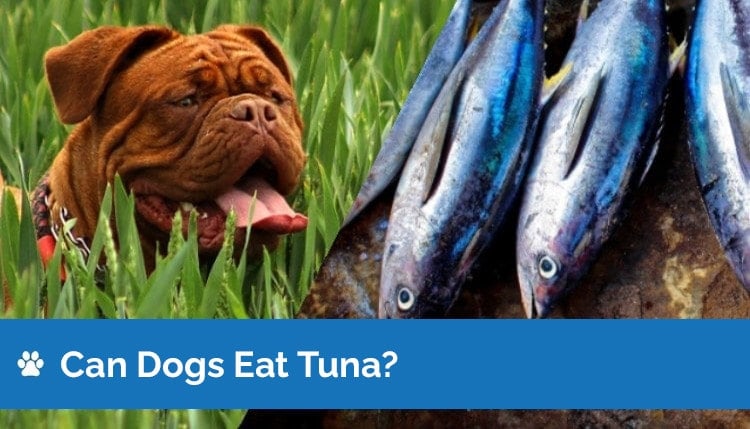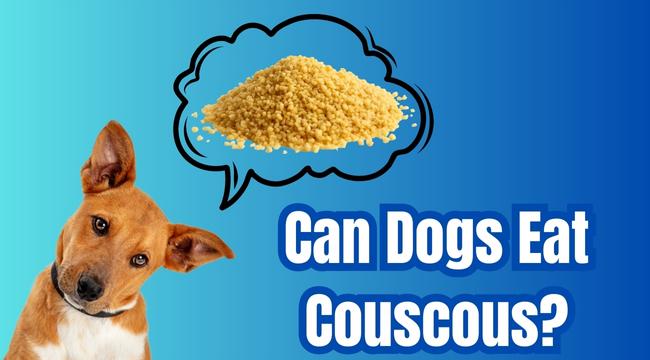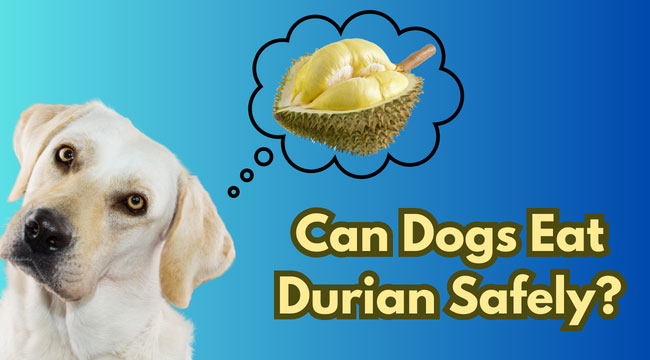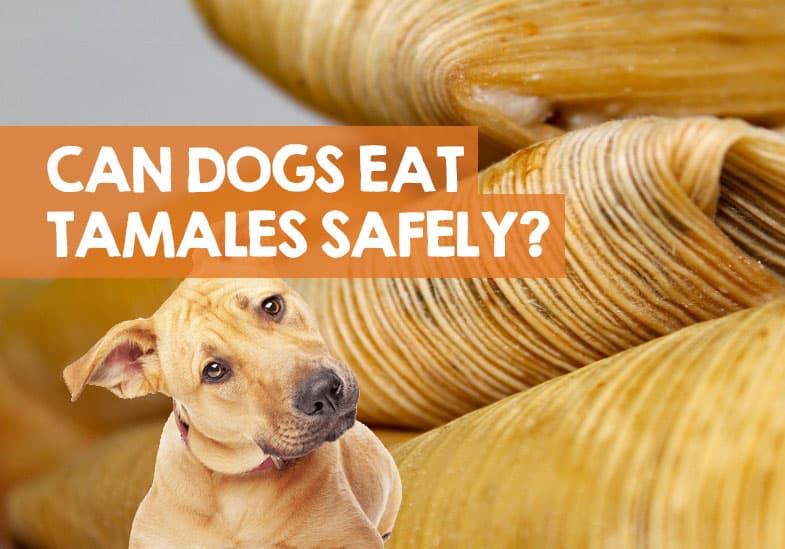Dogs perceive taste through a relatively simple but effective system of taste buds, which are primarily located on their tongues. While humans have around 9,000 taste buds, dogs possess approximately 1,700, concentrated mainly at the tip of their tongue. This difference in taste bud density affects their sensitivity to basic tastes such as sweet, sour, salty, bitter, and umami. Dogs are particularly attuned to meaty and savory flavors, thanks to their heightened sensitivity to umami, which is associated with protein-rich foods.
In addition to taste buds, a dog’s sense of smell significantly influences how they experience food. Dogs have a powerful olfactory system with millions of scent receptors, enabling them to detect and discern a wide range of aromas in their environment and food. This sense of smell not only enhances their overall eating experience but also plays a crucial role in how they perceive flavors. For dogs, smell often dictates their food preferences more than taste alone.
When it comes to spiciness, dogs experience it differently from humans due to variations in their taste buds and sensory receptors. While dogs can detect and respond to the sensation of heat caused by spicy foods like chili peppers, their sensitivity to capsaicin (the compound responsible for spiciness) is generally lower compared to humans. Dogs may exhibit discomfort or irritation. Join us as we go to explore that – can dogs taste spicy food?
Immediate Effects of Spicy Foods on Dogs
Spicy foods can cause a range of immediate reactions in dogs, affecting both their physical comfort and behavior. Understanding these effects can help you respond quickly if your dog accidentally consumes something spicy.
Physical Reactions
- Drooling: One of the most common immediate reactions is excessive drooling. This is the body’s natural response to the irritation caused by spicy foods.
- Panting: Dogs may start panting heavily as their bodies try to cope with the discomfort and cool down.
- Pawing at the Mouth: Dogs often paw at their mouths in an attempt to alleviate the burning sensation caused by spicy food.
Gastrointestinal Distress
- Vomiting: Spicy foods can irritate the stomach lining, leading to nausea and vomiting as the body tries to expel the irritant.
- Diarrhea: The digestive system may react to spicy foods by speeding up intestinal movement, resulting in diarrhea.
- Stomach Pain: Dogs may experience abdominal pain and cramping, which can make them restless and uncomfortable.
Discomfort and Behavioral Changes
- Restlessness: Dogs may become restless and unable to settle down due to the discomfort and pain caused by spicy food.
- Whining or Crying: Vocalizations such as whining or crying can indicate that a dog is in distress and needs help.
- Loss of Appetite: After ingesting spicy food, dogs may refuse to eat or drink due to ongoing discomfort and nausea.
Recognizing these immediate effects is crucial for providing prompt care. If your dog shows any of these symptoms after eating spicy foods, offering plenty of water and monitoring their condition can help. In severe cases, or if symptoms persist, seeking veterinary assistance is recommended to prevent further health complications.
Health Risks of Spicy Foods for Dogs
Feeding your dog spicy foods can lead to a range of health issues, both in the short term and over the long run. Some spices can even be toxic to dogs, posing serious risks. Here’s what you need to know about the health implications of spicy foods for your furry friend.
Short-term health issues
- Mouth and Throat Irritation: Spicy foods can cause immediate discomfort in a dog’s mouth and throat, leading to drooling, panting, and pawing at the mouth. The burning sensation from spices like chili peppers can be particularly distressing.
- Upset Stomach: Consuming spicy foods can irritate a dog’s stomach lining, causing nausea, vomiting, and diarrhea. These symptoms are the body’s way of trying to eliminate the irritants quickly.
Long-term Health Risks
- Damage to the Digestive System: Repeated ingestion of spicy foods can cause chronic inflammation and irritation of the stomach and intestines. This can lead to more serious conditions such as gastritis, which involves inflammation of the stomach lining.
- Potential for Ulcers: Prolonged exposure to spicy foods can increase the risk of developing ulcers. These are painful sores in the lining of the stomach or intestines that can lead to bleeding and other complications if left untreated.
Toxicity of Certain Spices
- Garlic and Onions: These common ingredients contain compounds that are toxic to dogs, such as thiosulfate. Consumption can lead to hemolytic anemia, a condition where red blood cells are destroyed faster than they can be produced.
- Hot Peppers: The capsaicin in hot peppers not only causes irritation but can also lead to more severe gastrointestinal issues and pain. Large amounts can be particularly harmful.
- Other Harmful Spices: Nutmeg, mustard seeds, and excessive salt can also be dangerous for dogs. Nutmeg contains myristicin, which can cause hallucinations, increased heart rate, and other symptoms. Mustard seeds can cause gastroenteritis, and too much salt can lead to sodium ion poisoning.
Understanding these risks is crucial for any dog owner. Avoid giving your dog any food that might contain these spices, and always check ingredients carefully. If your dog shows any signs of distress after eating something spicy, contact your veterinarian immediately for advice.
Recognizing Symptoms of Spice Ingestion in Dogs
It is important to quickly recognize the symptoms if your dog has ingested spicy food. Early detection can help mitigate potential health issues and ensure your pet receives the care they need.
Signs of Discomfort and Distress
- Restlessness: Dogs may feel restless or appear unable to settle due to the irritation and discomfort caused by spicy foods.
- Whining or Crying: Vocalizations such as whining, crying, or yelping can indicate that a dog is experiencing pain or distress.
- Pawing at the Mouth: If a dog is pawing at its mouth or face, it may be trying to alleviate the burning sensation caused by spices.
Physical Symptoms
- Excessive Drooling: An immediate reaction to spicy foods, excessive drooling, is a clear sign of mouth and throat irritation.
- Vomiting: Spicy foods can irritate the stomach lining, leading to nausea and vomiting as the body attempts to rid itself of the irritant.
- Diarrhea: Ingesting spicy foods can cause diarrhea due to irritation of the intestines and increased gastrointestinal motility.
- Panting: Dogs may pant excessively as a response to the heat and discomfort from spicy food.
When to Seek Veterinary Assistance
Persistent Vomiting or Diarrhea: If vomiting or diarrhea continues for more than a few hours, it’s crucial to seek veterinary help to prevent dehydration and other complications.
- Lethargy or Weakness: If your dog becomes unusually lethargic or weak after ingesting spicy food, it could indicate a more serious reaction that requires medical attention.
- Signs of Severe Pain: Continuous whining, crying, or signs of significant pain and discomfort should prompt an immediate visit to the vet.
- Difficulty Breathing: If your dog shows any signs of difficulty breathing, such as excessive panting, wheezing, or coughing, seek emergency veterinary care.
Recognizing these symptoms can help you respond promptly and effectively if your dog consumes spicy food. Monitoring their condition and knowing when to seek professional help ensures your pet’s health and well-being.
Safe Alternatives to Spicy Foods for Dogs
Finding safe and tasty alternatives to spicy foods is essential to ensuring your dog’s health and enjoyment. Here are some dog-friendly herbs and spices, mild flavors, and healthy treats that can add variety to their diet without the risks associated with spicy foods.
Dog-friendly Herbs and Spices
- Parsley: This herb is not only safe for dogs but also offers health benefits. It can help freshen their breath and provide essential vitamins.
- Basil: Basil can be a tasty addition to your dog’s diet, providing antioxidants and anti-inflammatory properties.
- Rosemary: This herb is a great way to add flavor to your dog’s food while also offering potential digestive and cognitive benefits.
Mild Flavors and Healthy Treats
- Sweet Potatoes: These are a favorite among dogs for their natural sweetness and nutritional benefits. They are rich in fiber and vitamins.
- Carrots: Carrots are a crunchy and sweet treat that many dogs love. They are low in calories and high in vitamins, particularly beta-carotene.
- Apples: Apples (without seeds) can be a refreshing treat, offering vitamins and a satisfying crunch. They should be given in moderation due to their sugar content.
- Pumpkin: Pumpkin is excellent for digestive health and can be added to your dog’s meals or given as a treat.
Homemade Dog Treat Recipes
- Peanut Butter and Banana Treats: Combine ripe bananas, peanut butter (without xylitol), and oat flour. Mix and shape into small balls or cookies, then bake at a low temperature until firm.
- Pumpkin Biscuits: Mix pureed pumpkin with whole wheat flour and a bit of water to create a dough. Roll out and cut into shapes, then bake until crispy.
- Carrot and Apple Bites: Grate carrots and apples, then mix with oat flour and a bit of water. Form into small bites and bake until firm.
These alternatives ensure your dog enjoys tasty and varied treats without the risks associated with spicy foods. By incorporating safe herbs, mild flavors, and homemade recipes, you can keep your dog’s diet both exciting and healthy.
Preventing Accidental Ingestion of Spicy Foods
To prevent accidental ingestion of spicy foods by your dog, it’s essential to implement effective storage strategies and educate those around you about the risks involved.
Tips for Keeping Spicy Foods and Spices Out of Reach
- Store securely: Keep spicy foods, sauces, and spices in cabinets or areas that are inaccessible to your dog. Ensure cabinets have child-proof locks if necessary.
- Use sealed containers: Store spices and spicy snacks in tightly sealed containers to prevent curious pets from accessing them.
- Elevate items: Store items on high shelves or countertops where your dog cannot reach or knock them over.
Safe Storage Practices for Spices and Human Food
- Label clearly: Use clear labeling on containers to indicate spicy content or potential hazards to pets.
- Keep trash safe: Dispose of spicy food remnants in a sealed trash can that your dog cannot access. Spicy foods in garbage can be tempting and harmful if consumed.
- Avoid leaving food unattended: When cooking or eating spicy foods, ensure they are not left unattended where your dog could reach them.
Educating Family Members and Guests
- Risk Information: Educate household members and guests about the dangers of feeding dogs spicy foods. Many people may not realize the harmful effects these foods can have on pets.
- Provide alternatives: Encourage by offering safe treats and alternatives approved for dogs, such as dog-friendly herbs, mild flavors, and healthy snacks.
- Set clear boundaries: Clearly communicate rules about feeding your dog and ensure everyone understands the importance of following them to prevent accidents.
By implementing these practices and educating those around you, you can significantly reduce the risk of your dog ingesting spicy foods. Taking proactive steps ensures your pet’s safety and well-being while enjoying a healthy and safe environment at home.










